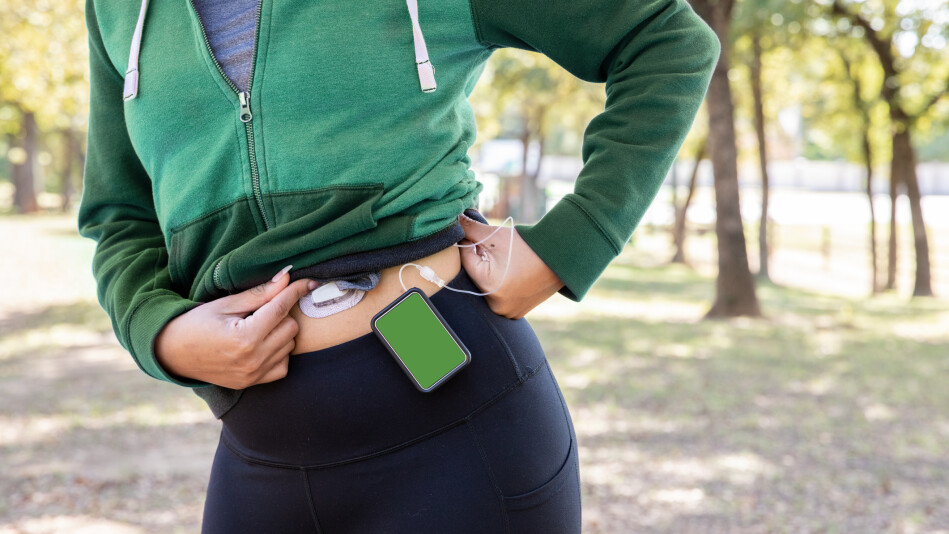How Close Is a Cure for Diabetes?
New hope is on the horizon, thanks to a promising vaccine.

Photo: Courtney Hale/Getty Images
In 1922, doctors watched in excitement as the first insulin shots transformed a deathly ill diabetic 14-year-old into a healthy teenage boy. Little did they know that nearly a century later, insulin would still be the only medicine doctors have to offer most of the 1.5 million people in the U.S. with type 1 diabetes (also known as juvenile diabetes, even though it can develop in adulthood). Most people with type 1 must constantly monitor their blood sugar and give themselves a fix of insulin two to four times a day to stay alive. But now Bart Roep, PhD, founding chair of the Department of Diabetes Immunology at the Duarte, California-based research institute City of Hope, is pioneering a vaccine that could forever end dependence on insulin injections.
In people with type 1 diabetes, the immune system attacks and destroys the beta cells in the pancreas that produce, store, and release insulin, the hormone that helps regulate blood sugar. Too little insulin, and blood glucose levels increase to dangerous—even deadly—levels. High blood sugar can in turn change proteins in blood vessels, says Roep, creating problems with the vasculature, a major complication in type 1 and 2 diabetes. (Diabetes can also lead to blindness, kidney failure, and nerve damage.)
The new vaccine, called D-Sense, helps reeducate the immune system, teaching it not to assault the insulin-producing factories. Provided a person still has some functioning beta cells, it could be given at any point in the disease via a pair of injections. It's a groundbreaking development in several ways. As Roep points out, "This is the first time we're addressing the cause, not the consequences, of this disease."
The vaccine is made of a person's own immune cells mixed with vitamin D3 and a protein found in pancreatic cells—all compounds our body is used to. Plus, it targets only the cells inciting trouble, so the immune system can carry on fighting illness. Clinical trials with patients could begin as early as next year.
Roep's research may also aid the more than 28 million Americans with type 2 diabetes (the nonautoimmune kind). "Even in these people the beta cells eventually don't function well, and it's possible some type 1 therapies could cross over," says Carla Greenbaum, MD, chair of Type 1 Diabetes TrialNet, an international clinical trial network.
And the best news of all? After a $50 million grant landed at City of Hope in January, experts there pledged to find a cure for type 1 diabetes by 2023. That's ambitious, Roep acknowledges, "but these advances could change the lives of people who were told they had an incurable disease."
More Hope: A Dramatic New Rescue for Diabetics in Danger
Elizabeth Jenkins, MD, was diagnosed with type 1 diabetes at 18. In 2002, her vision began to suffer. In her late 20s, she lost the ability to tell when her blood sugar was dipping, and by the time she was working as a pediatrician in her early 30s, she was slipping into a diabetic coma every other month or so. One day in 2008, she lost consciousness in front of a patient. This can't happen anymore, Jenkins said to herself. She consulted her doctors, one of whom told her about a clinical trial at City of Hope: People like her were receiving transplants of healthy insulin-making islet beta cells to help their body deal with the symptoms of having too little insulin. The doctor explained that the transplants wouldn't stop her diabetes, but could make living with it easier. Jenkins eagerly signed up.
After three transplants of islet cells, Jenkins's body was producing enough insulin for the first time in more than a decade. She was able to stop her injections. Her vision stabilized. She went on three-hour solo hikes in the woods—without fearing she'd black out.
Eight years later, Jenkins is married and still treating young patients. Her vision has worsened slightly, and she takes medication daily to prevent her body from rejecting the transplanted cells, but she continues to be off insulin.
She has a little red dot on her abdomen now, where the needle injected the islet cells. And, in a first for someone who's had the procedure, she gave birth to a healthy daughter, Charlie, who turned 1 in June.
Read the original story here: How Close Is a Cure For Diabetes?



